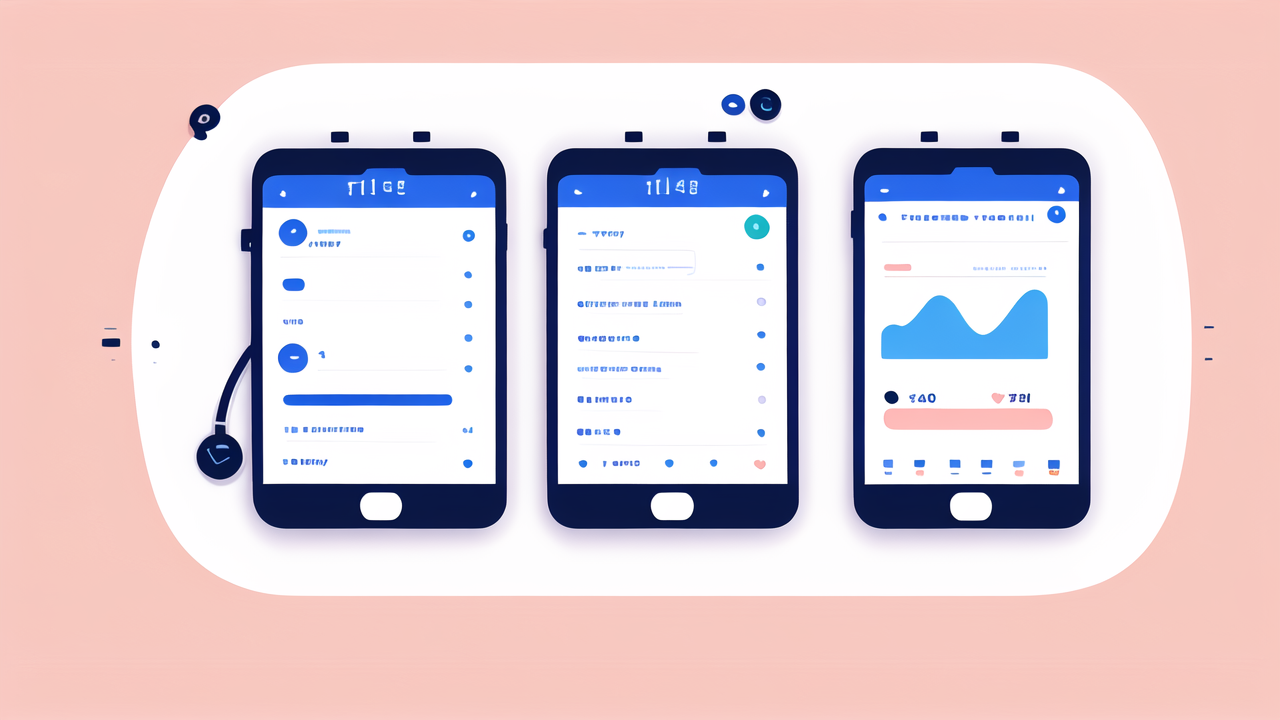Understanding Smartwatch Evolution: From Basic Wristwatches to Connected Devices
The Rise of the Modern Smartwatch: Tracing its History
The journey of smartwatches began in the early 1980s. Back then, they were simple digital watches. Over time, they evolved into more advanced devices. The first true smartwatch appeared in the late 1990s.

In 2012, Pebble launched its e-paper smartwatch. This was a game-changer. It sparked interest in wearable tech. Soon after, big tech companies joined the race. Apple, Samsung, and Google released their own smartwatches.
Today's smartwatches are far more than just timepieces. They are mini-computers on our wrists. They can track our health, show notifications, and even make calls. The evolution continues as new features are added each year.
Key Technologies Powering Today's Smartwatches
Modern smartwatches are packed with cutting-edge tech. Here are some key technologies:
- Touchscreens: Most smartwatches use OLED or AMOLED displays.
- Sensors: They include heart rate monitors, accelerometers, and GPS.
- Connectivity: Bluetooth, Wi-Fi, and cellular networks keep watches connected.
- Batteries: Improved battery tech allows for longer use between charges.
- Operating Systems: Custom OS like watchOS and Wear OS power these devices.
These technologies work together to create a seamless user experience. They allow smartwatches to perform complex tasks in a small package. As tech improves, so do the capabilities of smartwatches.
The Growth of Smartwatch Market in the United States
The smartwatch market in the US has seen rapid growth. In 2015, about 5% of Americans owned a smartwatch. By 2020, this number had grown to 21%. The trend shows no signs of slowing down.
Several factors drive this growth. First, there's increased awareness of health and fitness. Smartwatches offer easy ways to track these metrics. Second, the devices are becoming more affordable. This makes them accessible to a wider audience.
The COVID-19 pandemic also boosted sales. People became more health-conscious. They looked for ways to monitor their vitals at home. Smartwatches filled this need perfectly.
Cutting-Edge Features in Today's Smartwatches
Advanced Health Metrics and Wellness Tracking
Modern smartwatches are health powerhouses. They can track a wide range of metrics. Here are some advanced features:

- ECG monitoring: Detect irregular heart rhythms.
- Blood oxygen levels: Measure oxygen saturation in the blood.
- Sleep tracking: Analyze sleep patterns and quality.
- Stress monitoring: Use heart rate variability to gauge stress levels.
- Menstrual cycle tracking: Help women monitor their cycles.
These features go beyond basic step counting. They provide insights into overall health and wellness. Some watches can even detect falls and call for help. This makes them valuable tools for elderly care.
As sensor technology improves, we can expect even more health features. Future watches might measure blood glucose or blood pressure. This could revolutionize health monitoring for many conditions.
Integration of AI and Machine Learning in Smartwatches
AI and machine learning are changing the game for smartwatches. These technologies make watches smarter and more personalized. Here's how:
- Predictive analytics: Watches can learn your habits and make suggestions.
- Voice assistants: AI-powered assistants like Siri or Google Assistant are built-in.
- Health insights: ML algorithms analyze health data to provide actionable advice.
- Gesture recognition: Some watches can understand hand movements as commands.
AI also helps improve battery life. It can optimize power usage based on your habits. This means your watch can last longer between charges.
As AI continues to advance, smartwatches will become even more intuitive. They might predict health issues before they occur. Or they could adjust your schedule based on your stress levels.
Connectivity and Lifestyle Enhancements: The New Norm
Connectivity is at the heart of smartwatch functionality. Today's watches offer seamless integration with our digital lives. Here are some key features:
- Cellular connectivity: Make calls and send texts without a phone.
- Mobile payments: Use your watch to pay at stores.
- Smart home control: Adjust lights or thermostats from your wrist.
- Music streaming: Listen to songs directly from your watch.
- Navigation: Get directions without pulling out your phone.
These features make everyday tasks easier. You can leave your phone at home and still stay connected. This is especially useful for runners or swimmers.
Some watches even work as digital keys for cars or homes. This trend of connectivity will likely continue. Future watches might replace our wallets and keys entirely.
The Impact of Smartwatches on Industry and Consumer Behavior
Revolutionizing the Wearable Tech Industry: A Closer Look
Smartwatches have transformed the wearable tech industry. They've pushed the boundaries of what's possible in a small device. This has led to innovations in various areas:

- Miniaturization: Components are getting smaller and more efficient.
- Battery technology: New ways to extend battery life are being developed.
- Display tech: Flexible and always-on displays are becoming common.
- Sensor development: More accurate and diverse sensors are being created.
These advancements benefit other industries too. Medical devices, for example, use similar sensors. The demand for smartwatches drives research in these areas.
Smartwatches have also created new markets. There's a growing ecosystem of apps and accessories. This has opened up opportunities for developers and manufacturers.
Smartwatches as Tools for Health and Fitness: User Adoption
Health and fitness features are driving smartwatch adoption. Many users buy watches primarily for these functions. Here's how they're being used:
- Fitness tracking: Monitor workouts and daily activity levels.
- Health monitoring: Keep track of vital signs and detect anomalies.
- Motivation: Set goals and get reminders to stay active.
- Meditation and mindfulness: Guided breathing exercises and stress management.
These features appeal to a wide range of users. From athletes to those managing chronic conditions. Smartwatches make it easy to stay on top of health goals.
Some insurance companies now offer discounts for smartwatch users. This shows the potential impact on healthcare costs. As watches become more accurate, their role in healthcare may grow.
Future Prospects: Where is the Smartwatch Industry Heading?
The future of smartwatches looks bright. Here are some trends we might see:
- More advanced health features: Blood pressure and glucose monitoring.
- Improved battery life: Possibly weeks between charges.
- Enhanced AI capabilities: More personalized and predictive features.
- Flexible and rollable displays: Watches that can change shape.
- Integration with AR and VR: Watches as controllers for virtual experiences.
We may also see smartwatches become more specialized. Some might focus on health, others on productivity. This could lead to a wider variety of options for consumers.
Privacy and data security will be key concerns. As watches collect more data, protecting it becomes crucial. The industry will need to address these issues to maintain trust.
In conclusion, smartwatches have come a long way. They've evolved from simple timepieces to powerful wearable computers. As technology advances, their capabilities will only grow. The future of wearable tech is on our wrists, and it's looking smarter every day.




Leave a comment
This site is protected by hCaptcha and the hCaptcha Privacy Policy and Terms of Service apply.